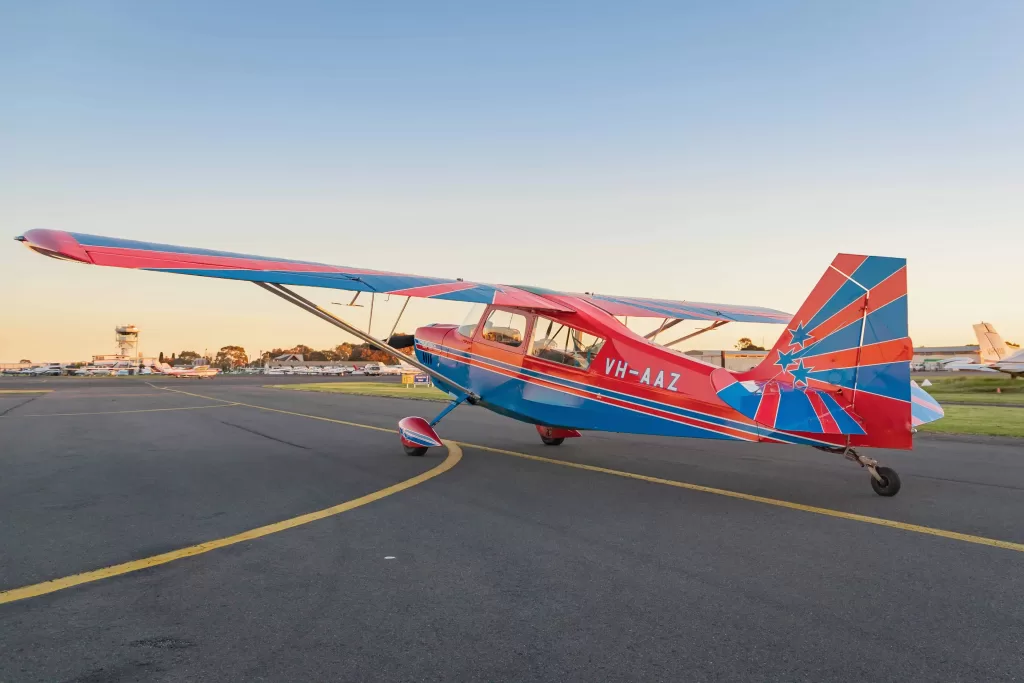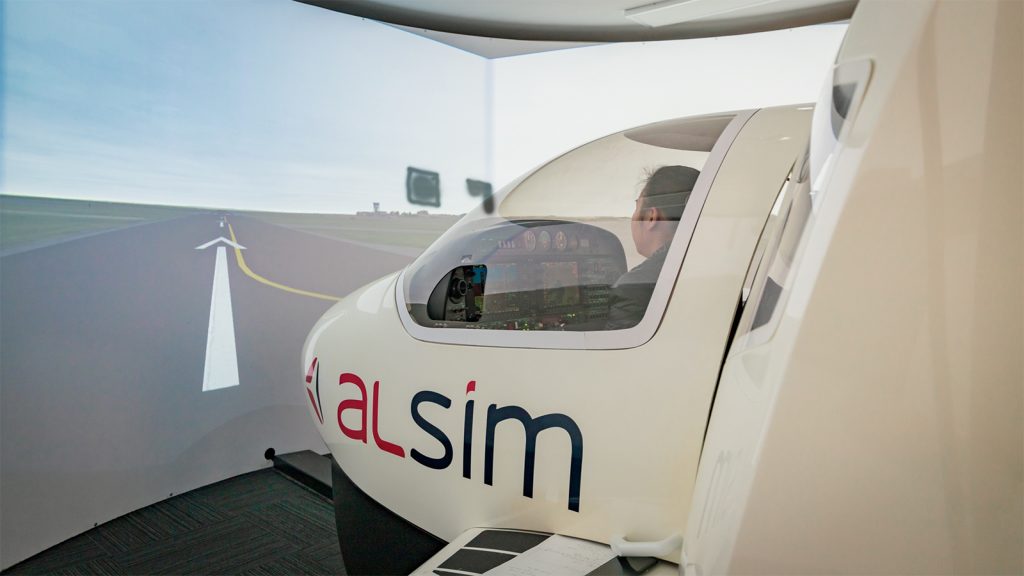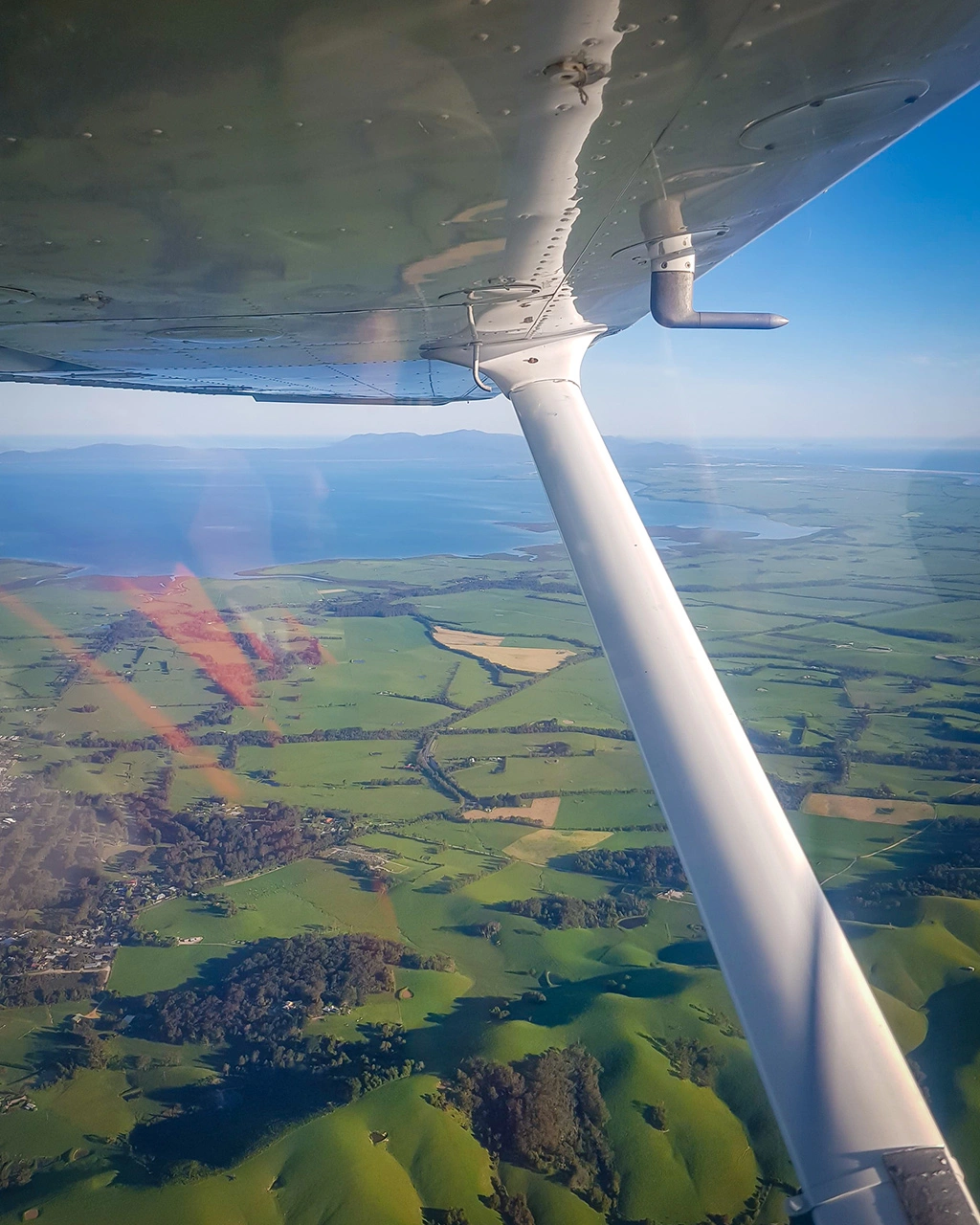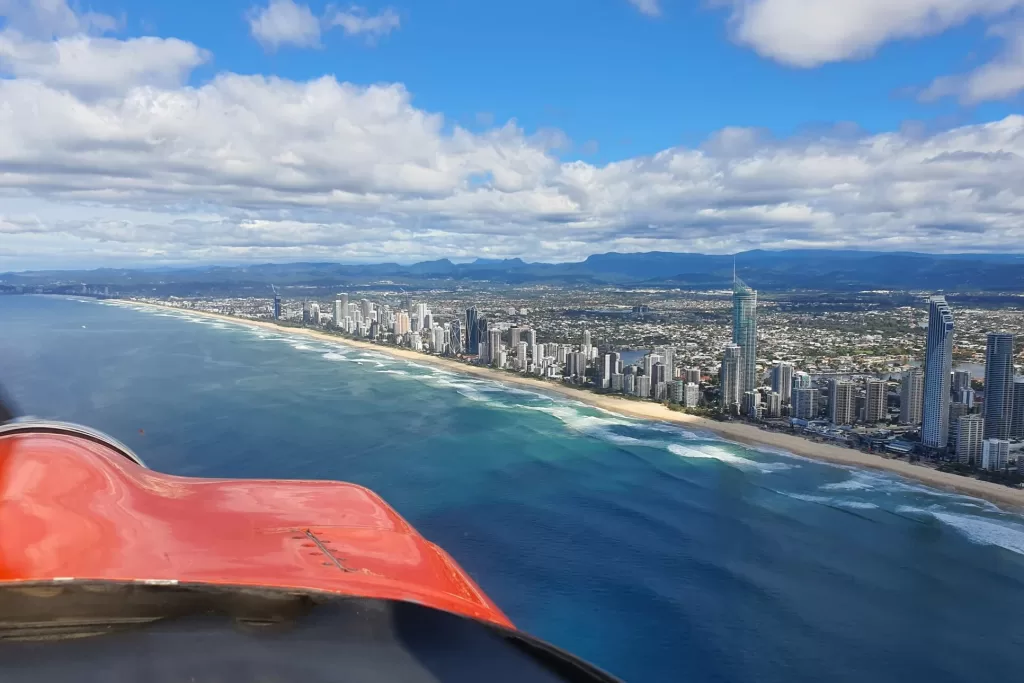After completing your Private Pilot Licence you might wonder, “what’s next?” As strange as it may sound, many pilots are still keen to do more training after achieving their initial goals. Realistically, if you want to fly regularly or as a job, learning is ongoing. Let’s take a look at training beyond the Private Pilot Licence.
Fly more aircraft types
Why limit yourself to flying just the one aircraft type? Why not fly aircraft that are bigger, faster, have more than one engine, or maybe even can land on water?! There are ratings and endorsements that can open up a whole new range of aircraft to you. These include a Tailwheel Undercarriage Endorsement, Multi-Engine Class Rating, and more.
Having the capability to fly more aircraft types increases your skill level, and gives you a lot more options when organising recreational flying trips.

Fly at night
Flying at night is an amazing experience. If you live near a major city, seeing the sparkling lights from above is absolutely spectacular. Completing a Night Visual Flight Rules (VFR) course. will allow you to fly at night, in otherwise good weather and visibility conditions.
Fly in more weather conditions
One of the most important areas of training beyond your Private Pilot Licence will allow you to plan and conduct flights in far more weather and light conditions. Instrument flying is a great skill to have, not just for your own flying abilities, but for added convenience when planning flights. It allows you to fly in inclement weather conditions, cloudy conditions, and at night.
Flying under Visual Flight Rules (VFR) alone can be quite restrictive, especially in areas with changeable weather like Melbourne. A Private Instrument Flying (PIFR) course can be customised to your needs, making it a great option.
Flight activity endorsements
There are some seriously fun flight activity endorsements that you can add to your repertoire.
Formation flying is an experience that even the most seasoned pilots get a huge thrill from. Taking off, flying, performing manoeuvres and landing with another aircraft right next you is surreal. Flying in formation is also a very good tool for honing your precision skills, with precise control movements required for accuracy.
Another popular endorsement is aerobatics and spinning. Aside from being a huge amount of fun, this type of flying is again great for your skillset. Knowing how your body reacts and how you can recover from high G situations and unusual attitudes is actually very important.
As you can see, there is no shortage of options for training beyond your Private Pilot Licence. Additional endorsements will enhance your ability to get the most out of your PPL, and also help you to keep your skills sharp.

Find out about our extensive range of ratings and endorsements for PPL holders! Email hello@learntofly.com.au. You can also visit https://drift.me/learntofly/meeting to book a meeting and school tour. For more great flying tips and the latest flying videos, click below and subscribe to our YouTube channel!














